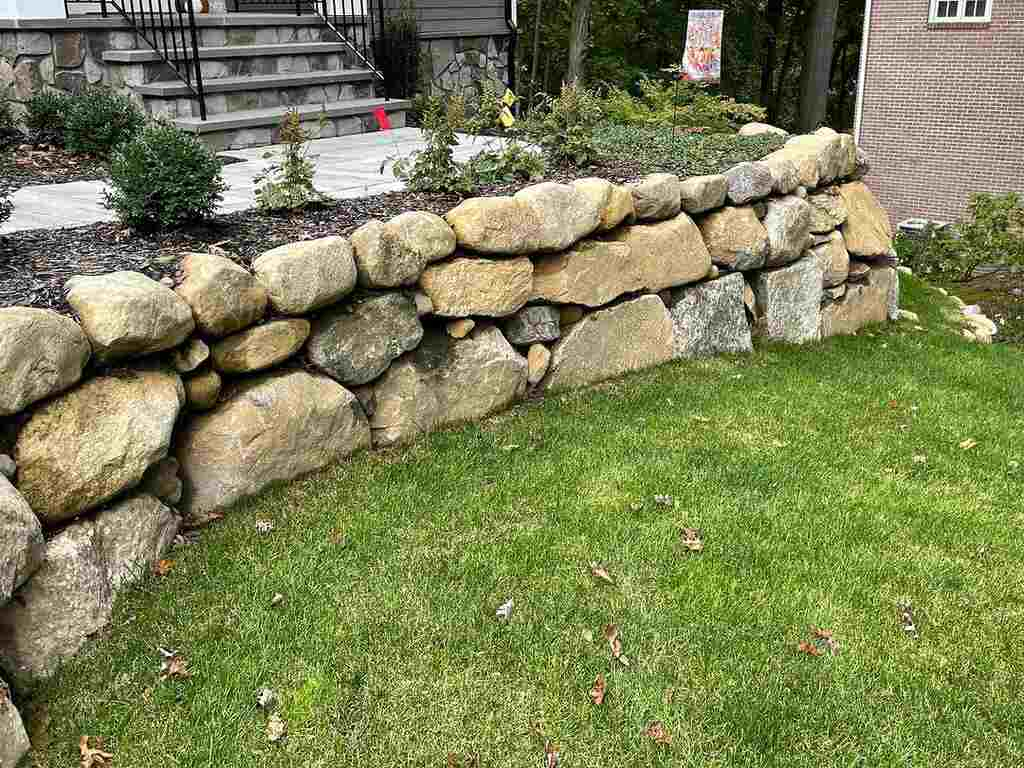Creating a beautiful yard with a retaining wall is a great way to enhance your home’s appeal. Many people believe that building a retaining wall requires a large budget. However, there are many creative and affordable ways to add charm to your home using retaining walls.
These outdoor barriers are popular for improving the landscape, aesthetic value, and preventing flooding and erosion. Additionally, there are cost-effective options that help reduce long-term maintenance costs.
This article explores affordable retaining wall ideas and compares them to traditional materials such as concrete, brick, and stone. We also answer common questions about retaining walls, addressing any concerns you may have.
Benefits of Retaining Walls in the Yard
Retaining walls offer numerous benefits for your yard, especially in the front area. They are cost-effective and can enhance the natural appearance of your home. Installing a retaining wall can even make your property the envy of your neighbors.
These barriers are built to hold back soil, preventing it from shifting on slopes where it would naturally slide. Here are some key benefits of adding a retaining wall to your yard:
- Erosion control
- Flood prevention
- Aesthetic appeal
- Increased usable land
- Environmental benefits
- Property value
- Structural support.
8 Inexpensive Retaining Wall ideas
Retaining walls are both functional and attractive additions to your yard and they also enhance the overall landscape design. Fortunately, building an effective retaining wall doesn’t have to be expensive. Here are some budget-friendly Retaining Wall ideas:
Natural Stone Retaining Wall
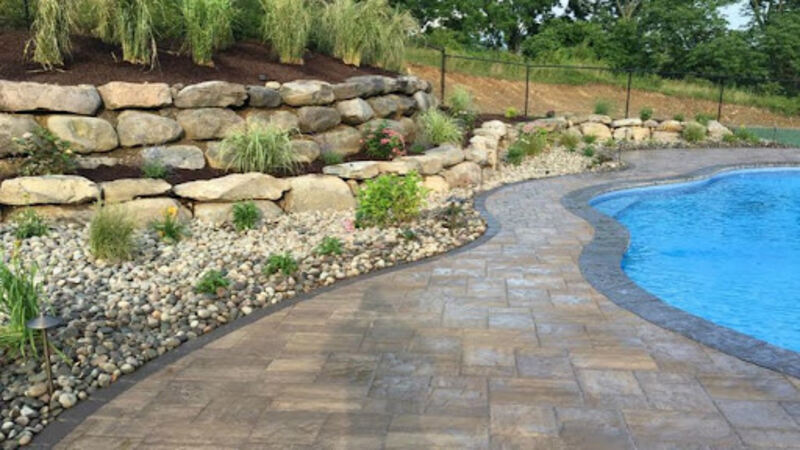
If you source local stones, it will be more cost-effective and will not make a hole in your pocket. Natural stone adds a classic and elegant look. To save transportation costs use the local stones available near your place. Natural stone offers timeless and genuine appeal to the house.
Gabion Retaining Wall
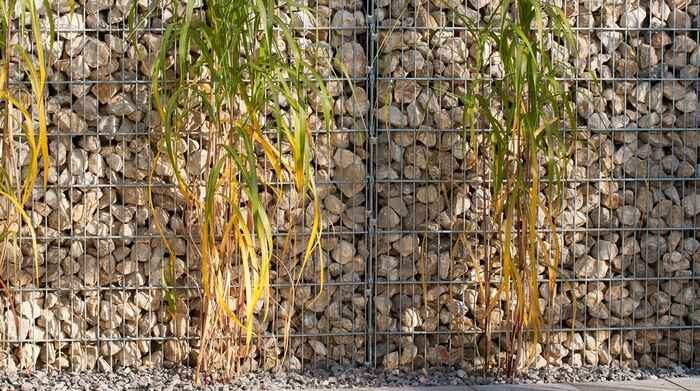
They are mesh baskets made of solid steel. You can Fill them with rocks. Then, You stack them like bricks. They come in different sizes. For my home, I use 3 or 4-foot ones.
Gabions are cheap. They drain well because of the holes. So you don’t need extra drainage. Some say gabions look ugly. But, You can plant bushes around them. This helps a lot.
In the end, gabions are perfect for retaining wall. They are easy, cheap, and work well. Plus, you can make them look friendly with plants.
Stacked stones Retaining Wall
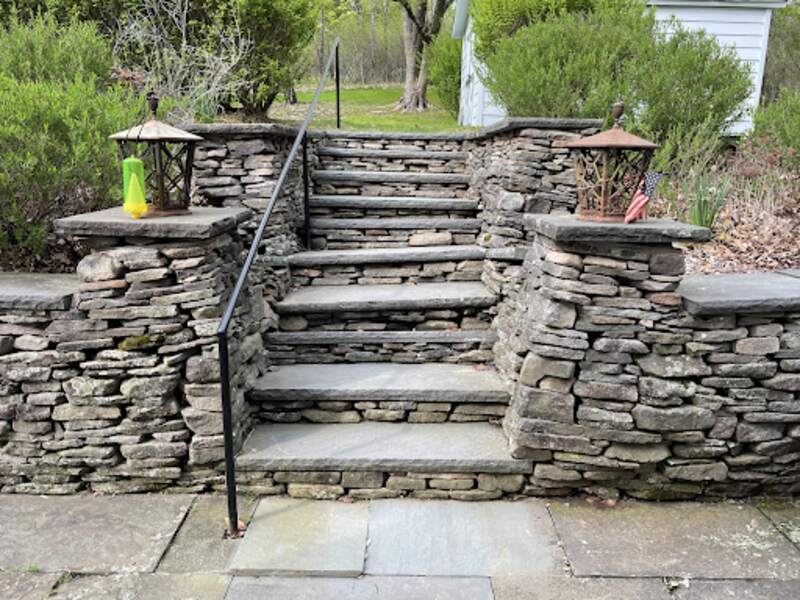
You can use stacked stone walls for an affordable and attractive solution. They are cost-effective and easy to install, as they don’t require cement or mortar. This feature also makes them a great choice for DIY projects. Additionally, stacked stone walls provide a rich, versatile look that enhances the overall appearance of your yard.
Advantages of using concrete blocks include their affordability, versatile design options, and the ability to stack them with ease. These benefits make them a popular choice for homeowners looking to improve their outdoor spaces.
Railway Sleepers Retaining Wall
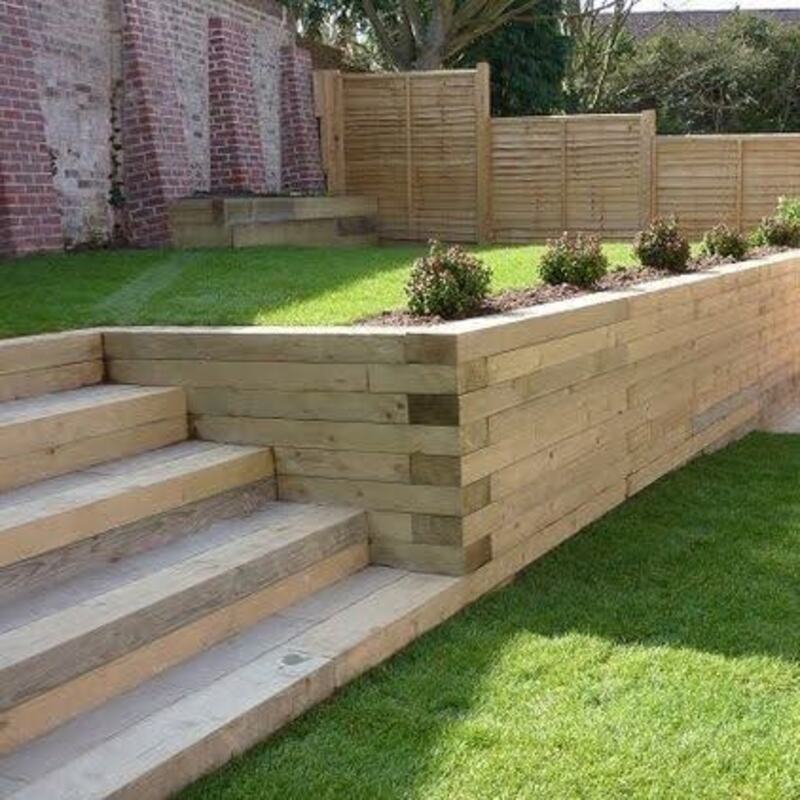
Railway sleepers, also called railroad ties, are durable and versatile materials commonly used in garden and landscaping projects. They are especially effective for building retaining walls. These strong timbers provide both practical and visual benefits.
Moreover They are durable, sustainable, and enhance the aesthetic appeal of a home. There are several types of sleepers to choose from, including reclaimed timber sleepers, new timber sleepers, and concrete sleepers. Each option offers unique advantages depending on the project’s needs.
Concrete Block Retaining Wall
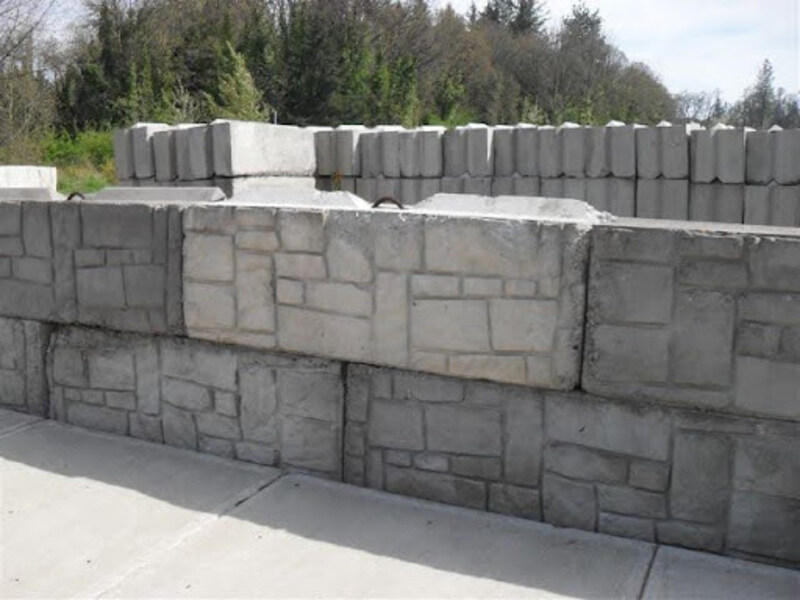
Concrete blocks can be poured, and pebbles or stepping stones can be used for a more structured look. Gravel is an excellent choice for covering large areas of your front yard. It creates a clean, polished appearance and is easy to maintain. Additionally, stepping stones can be placed along the path to guide visitors. This simple addition enhances both the aesthetic and functionality of your outdoor space.
Cinder Block Retaining Wall
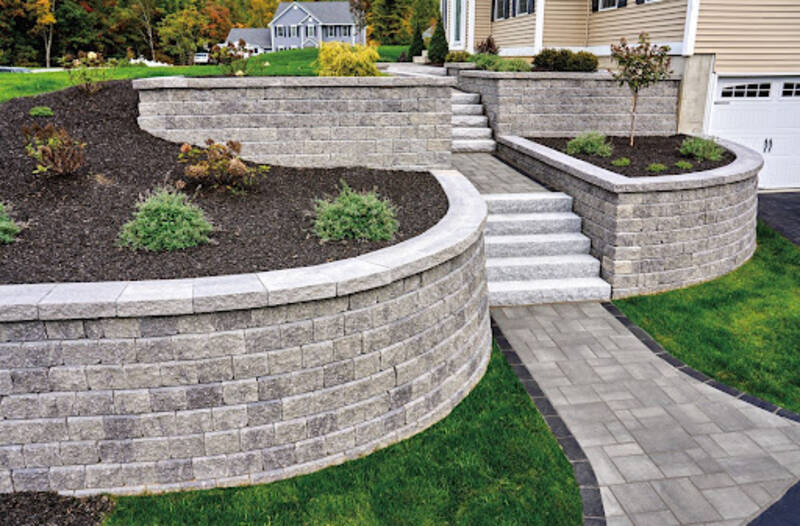
Cinder block retaining walls are a popular option for homeowners and landscape architects. These walls primarily function to hold back soil and prevent erosion. However, they also add visual appeal to outdoor spaces.
They are durable and versatile providing long-lasting support and sustainability for various designs. Additionally, they are affordable, making them a budget-friendly choice. Lastly cinder block retaining walls are easy to install, even for those with limited experience.
Timber logs Retaining Wall
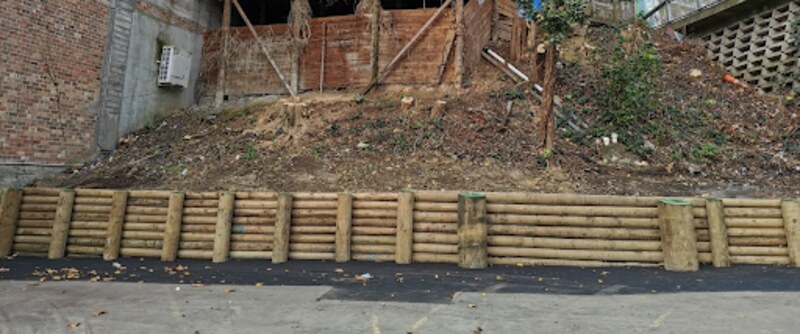
Timber is a classic choice for retaining walls and can be quite affordable. Pressure-treated wood is recommended for durability. You can use railroad ties or landscape timbers to create a rustic and natural look. Make sure to install proper drainage to prevent rot.
Bamboo Retaining Wall
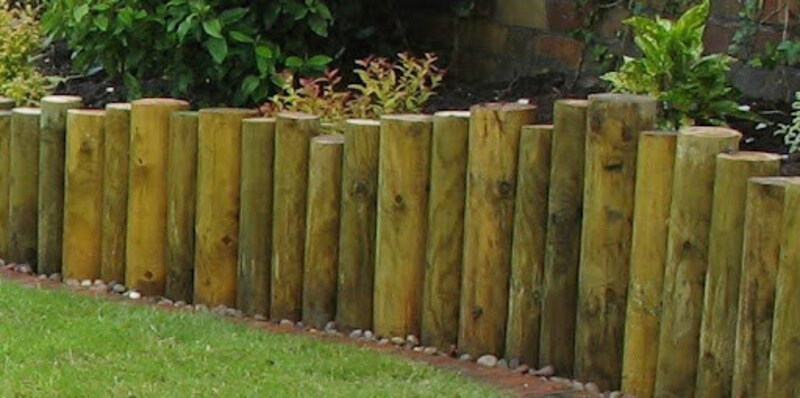
Bamboo is a sustainable option for a retaining wall. It can be used in two ways: either by driving the bamboo poles into the ground side by side or by creating a woven fence.
Bamboo offers a natural look and is particularly suitable for tropical or Asian-inspired gardens.
When considering any of these options, always ensure that your retaining wall is structurally good and suitable for the height and load it needs to support. Proper planning and execution will ensure your wall is both effective and attractive.
FAQs
What’s the easiest DIY retaining wall option for beginners?
Easiest DIY retaining wall ideas for beginners are the use of pavel, stepping stone, poured concrete, bamboo, timbers, and stones available around your place.
Do I need a permit to build a retaining wall on a budget?
Permission for retaining walls is required sometimes which totally depends on the locality, shape, size of your house, height of the wall, location, and structural concerns.
How high can I safely build a DIY retaining wall?
Building a DIY retaining wall can vary in height. You may choose to make it above 3 feet, between 3 to 4 feet, or even taller. However, safety should always be your primary concern. By following the proper guidelines, you can create a wall that is both effective and secure. Additionally, it’s important to check local regulations before starting your project. For larger or more complicated walls, it is also advisable to seek professional guidance.
What are gabion walls, and are they cost-effective?
Gabion walls are a type of construction that is both functional and aesthetically pleasing. These structures are made from wire mesh containers filled with materials such as rocks, concrete, sand, or soil. Yes, they are cost-effective and they are highly resilient, durable, and highly flexible.
How do I calculate the material needed for a DIY retaining wall?
Accurate calculations for the materials required can save you time, money, and effort. For this you need to calculate the volume of the space, and determine the wall dimensions, and calculate the material estimation.
Conclusion
Retaining walls offer an excellent opportunity to personalize and improve your outdoor environment. By carefully considering your design preferences, functional needs, and environmental considerations, you can create a retaining wall that not only serves its intended purpose but also adds value and character to your property. Whether you choose a simple design or an elaborate structure, the possibilities are endless.

